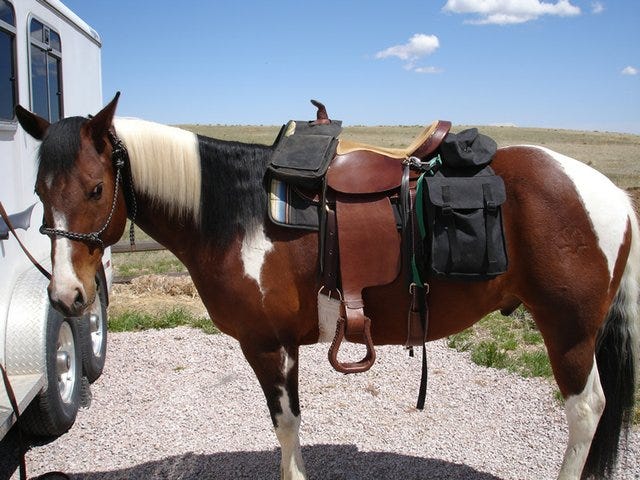Horses are majestic creatures, and their hooves play a crucial role in their overall health and performance. Understanding the intricacies of a horse hoof can greatly benefit anyone involved in horse care, from owners to veterinarians.
This article delves into the fascinating structure and composition of a horse hoof, providing you with comprehensive insights approved by experts. Lets embark on this journey to uncover what truly makes up a horse hoof.

Basic Structure of a Horse Hoof
The Hoof Wall
The hoof wall is the visible outer part of the hoof. It is made up of a hard substance called keratin, the same material found in human nails and hair. The hoof wall provides protection and support to the internal structures of the hoof.
The Sole
The sole is the bottom part of the hoof, covering most of the underfoot surface. It is designed to bear weight and protect the underlying structures from environmental damage.
The Frog
The frog is a V-shaped structure located in the center of the sole. It acts as a shock absorber and helps in blood circulation within the hoof.

Components of the Hoof Wall
Outer Hoof Wall
The outer hoof wall is the hardest part and consists mostly of keratin. It provides a tough, durable barrier against external elements.
Inner Hoof Wall
The inner hoof wall is softer and more flexible, allowing for some movement and giving additional shock absorption.

The Internal Structures
Coffin Bone
The coffin bone is the main bone within the hoof, giving it shape and structure. It plays a crucial role in the horse’s ability to move efficiently.
Digital Cushion
Located just above the frog, the digital cushion is a fibrous, elastic structure that aids in shock absorption and helps with blood flow.

Blood Supply and Nerves
Understanding Blood Flow
The horse hoof has a rich blood supply, which is essential for its health and functionality. Blood flow aids in the nutritive process and helps to maintain the integrity of the hoof structures.
Nerve Endings
Nerve endings in the hoof allow the horse to feel sensations, which is crucial for balance and movement. Understanding the sensitivity of the hoof can help in proper hoof care and management.
The Growth Cycle
Hoof Growth
Horse hooves continually grow, similar to human fingernails. Regular trimming and maintenance are necessary to keep the hooves in optimal condition.
Factors Affecting Hoof Growth
Nutrition, environment, and exercise levels can all influence hoof growth. Proper care and a balanced diet are essential for healthy hoof development.
Common Hoof Problems and Their Solutions
Cracks in the Hoof Wall
Hoof wall cracks can weaken the hoof and cause discomfort. Regular care and proper shoeing can help prevent and manage this issue.
Thrush
Thrush is a bacterial infection of the frog. It can be prevented with good hygiene practices and treated with appropriate medications.
Laminitis
Laminitis is a serious inflammation of the hoof’s sensitive structures, often linked to dietary factors. Early identification and veterinary care are crucial for managing this condition.
Hoof Care Tips
Regular cleaning, inspection, and professional trimming are key to maintaining healthy hooves. Supplementing with biotin and other hoof-specific nutrients can also enhance hoof strength and resilience.
Conclusion
Understanding the structure and composition of a horse hoof is vital for anyone involved in horse care. Each part has a distinct function, contributing to the overall health and performance of the horse. With regular and informed care, you can ensure your horse’s hooves stay in top condition.
How to bridleEnglish bridleCost bridleFried egg
FAQ
What is the horse hoof wall made of?
The horse hoof wall is primarily made of keratin, a hard protein also found in human nails and hair.
Why is the frog important?
The frog acts as a shock absorber and aids in blood circulation within the hoof.
How often should horse hooves be trimmed?
Horse hooves should generally be trimmed every 6 to 8 weeks, but this can vary depending on the horse and its activity level.